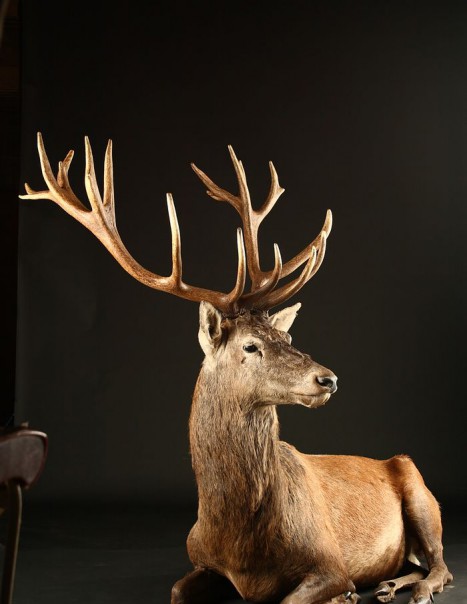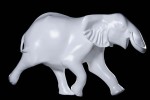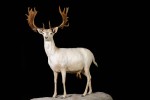Red deer – Cervus elaphus
Red Deer – Cervus elaphus
The red deer is a ruminant of the order Artiodactyla that belongs to the deer family. Present in the world, it is the most famous ambassador of this family of mammals.
The species adult is between 1.6m to 2.6m and 1m to 1.5m reached at the withers and weigh between 60 and 350kg depending on the subspecies. Depends on the season, the Red Deer takes a peel of one color, rather gray in winter and reddish in summer. Some species in captivity have a white coat. The woods have a very variable size depending on the subspecies and moult each year. Its legs are thin and tail can be up to 30cm long. Predators vary by region, but the species is often protected by government measures and longevity is up to 15 years. The female is smaller and lighter with a lighter coat.
The red deer is present in the world, primarily in North America, Europe, North Africa and northern Asia, with a recent introduction in New Zealand, especially for breeding. It particularly appreciates the great forests and can move over several tens of kilometers.
Very selective about their diet, it adapts to the surrounding vegetation and can consume plants, shrubs, seedlings, grass, ivy, but also fruits, corn and flowers in some cases.
Males, more solitary, join the herds of females at the approach of the breeding season, from September to October, to form a harem, that may contain about 60 deers for a single male. Gestation lasts about 8 months. Eventually, the female usually gives birth to one fawn, weighing between 6 and 9 kg.
Its abundance makes it a non-endangered species with extinction (LC), according to IUCN conservation status.





